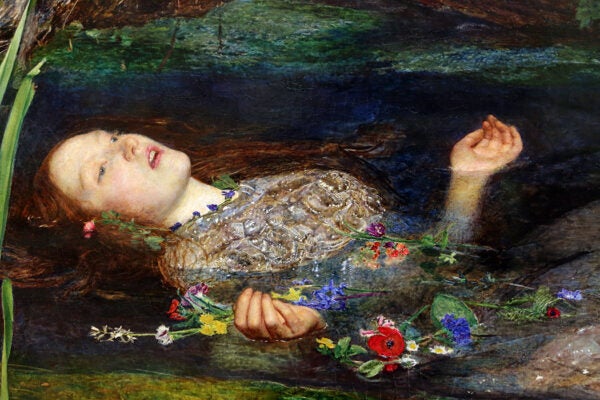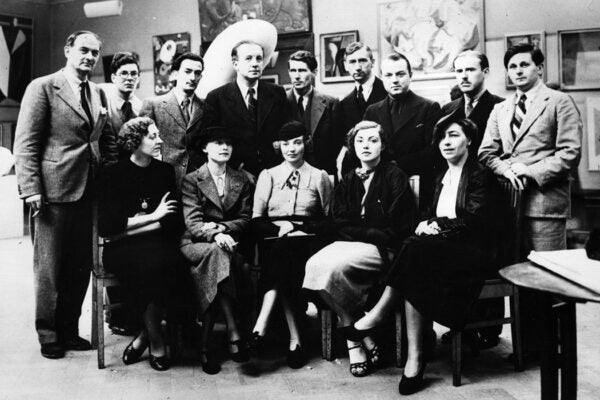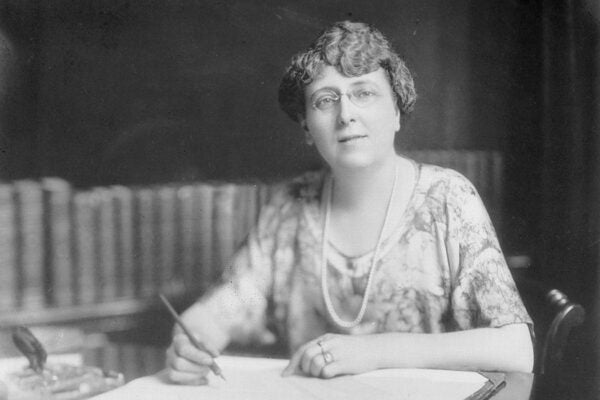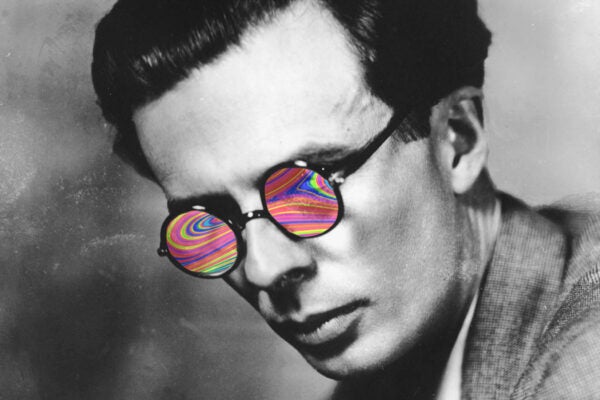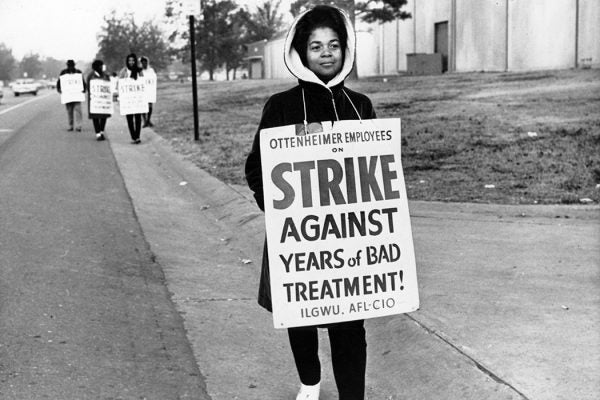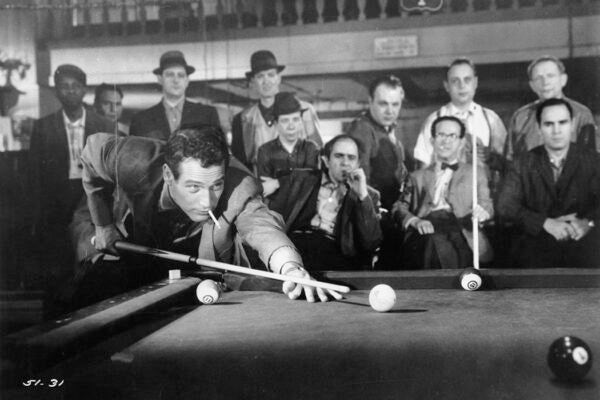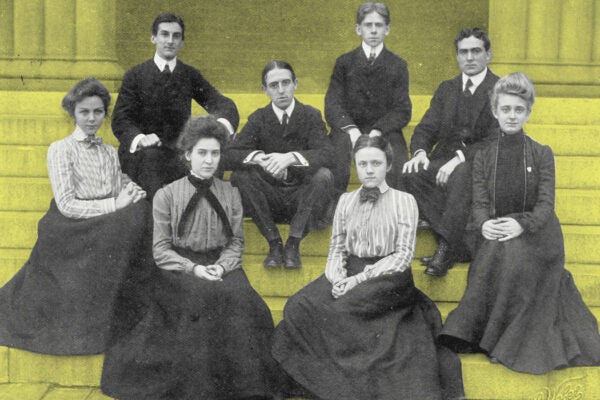JSTOR Daily’s Archives of Art History
Our editors have rounded up a collection of stories about art, artists, museums, and the way (and why) we study them.
Surrealism at 100: A Reading List
On the centennial of the founding of Surrealism, this reading list examines its radical beginnings, its mass popularity, and its continued evolution.
How Pentecostalism Shaped Rock ’n’ Roll
Early rock and roll performers, including Little Richard and Elvis, were influenced by the sounds and tropes of Pentecostal worship services.
L. M. Montgomery’s Plain Jane
Though not as well known as Anne of Green Gables, Montgomery's Jane of Lantern Hill also explores domesticity, freedom, and, yes, Prince Edward Island.
When Aldous Huxley Dropped Acid
In Hollywood, the esteemed ex-pat made the acquaintance of Alfred Hubbard, a Kentucky-born smuggler of ill-repute who introduced him to a brave, new world.
Whence Warchitecture
The targeted destruction of the built environment during the Bosnian War led to the emergence of a new term in the discourse of urbicide: warchitecture.
Like, It’s a History of Air Guitar, Dudes!
With roots in the motions and biases of vaudeville, burlesque, mesmerism, and minstrelsy, “air playing” with imaginary instruments long predates rock music.
Labor Day: A Celebration of Working in America
Our best stories about workers' rights, labor unions, and international movements to improve working conditions, from the factory to the farm.
Playing It Straight and Catching a Break
Cue games have had a lingering influence on our language and culture—even before the contributions of “Fast Eddie” Felson.
A Selection of Student Confessions
Did you break a campus rule? Let the students of Millersville Normal School show you how to confess to the administration.
